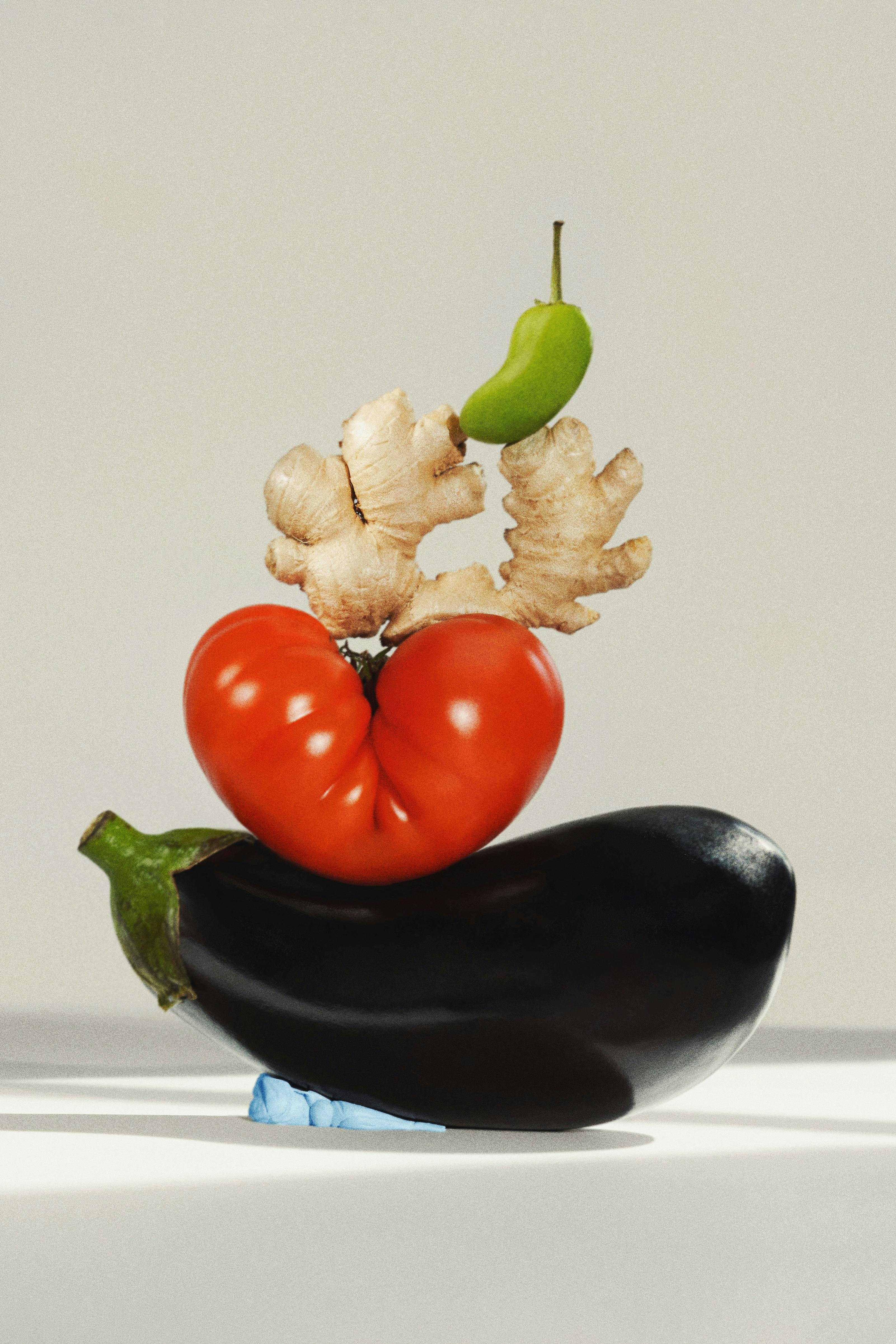Apply Now
Simple Ways to Press a Flower Effectively in 2025
Understanding the Importance of Flower Pressing
Pressing flowers is a time-honored tradition that beautifully preserves the fleeting beauty of nature. In 2025, many are rediscovering this art as a method for creating stunning decor, personalized gifts, and artistic expressions. Learning how to press a flower effectively opens up a world of creativity, allowing enthusiasts to incorporate pressed flowers into various craft projects. From DIY floral art to decorations, the possibilities are endless. By mastering flower pressing techniques, you can preserve nature's beauty while engaging in an eco-friendly hobby, making it a perfect choice for crafters and flower lovers alike.
Choosing the Best Flowers for Pressing
Not all flowers are equally suited for pressing. Beginners should focus on blooms that are flat, delicate, and have low moisture content to ensure successful preservation. Some of the best flowers for pressing include pansies, daisies, and violets. These choices yield vibrant colors and retain their shapes well during the pressing process. Seasonal flowers, such as autumn leaves or spring blossoms, can also be excellent choices, enhancing your crafts with a touch of natural variety. Always inspect your chosen flowers, looking for freshness and vibrancy—this will ensure your pressed creations stand the test of time.
Essential Supplies for Effective Flower Pressing
Before diving into the flower pressing process, it's crucial to gather the proper tools and supplies. Essential items include a flower press or heavy books, absorbent paper (like blotting paper or parchment), and scissors for trimming stems. Additionally, using wax paper can improve heat retention and minimize moisture during the pressing phase. Flower pressing kits can be found at craft stores, simplifying the journey for beginners and experienced crafters alike. Having the right materials not only makes the process easier but also reflects the care you put into your artistic projects.
Step-by-Step Flower Pressing Process
1. **Collect Fresh Flowers**: Choose blossoms that are in full bloom. Avoid flowers that are starting to wilt as they may not press well.
2. **Prepare the Flowers**: Trim stems to desired lengths. Remove excess leaves that might add bulk during pressing.
3. **Arrange the Flowers**: Place flowers flat on absorbent paper. Ensure they are not overlapping to achieve even pressing.
4. **Pressing Technique**: If using a flower press, tighten the screws or clamps firmly. Alternatively, place a heavy book on top of the flowers secured between sheets of paper.
5. **Drying Time**: Leave the flowers to dry for a couple of weeks. The length of time can vary depending on the flower type and humidity levels.
6. **Finishing Touches**: Once dried, the flowers can be carefully removed and stored or used in various projects.
Creative Ideas for Using Pressed Flowers
Pressed flowers can be incorporated into numerous art projects, allowing for unique and personalized creations. Consider using them in decorative bookmarks, greeting cards, or framed artwork. Seasonal arrangements can elevate your decor, while bespoke gifts made with pressed flowers showcase thoughtful artistry. Experiment with making resin jewelry, combining dried flowers with eco-friendly resins for unique pieces. Incorporating pressed flowers into home decor could include wall hangings, coasters, or even shelving designs that celebrate nature. With such versatility, the only limit is your imagination!


Common Flower Pressing Techniques for Beginners
Traditional Flower Pressing Methods
Traditional flower pressing has its roots in historical botanical studies, where flowers were collected, pressed, and studied for their natural beauty. This age-old method often involves securing flowers between absorbent paper and applying weight, which can be done with a specialized flower press or heavy books. The key to successful flower pressing lies in how evenly the weight is distributed and how moisture is controlled. Understanding these nuances can significantly enhance your floral art practices.
Using Wax Paper for Flower Preservation
One of the lesser-known flower pressing techniques involves utilizing wax paper. This method helps seal in moisture while pressing, preventing the flowers from overdrying. Start by placing your chosen flowers between two layers of wax paper and pressing them under a heavy weight. This technique is particularly effective for preserving intricate petals or leaves that might lose their shape during traditional pressing. This method not only fosters vibrant colors but also adds an interesting texture to your final pieces.
Innovative Tools for Flower Pressing
The advent of new tools has significantly diversified flower preservation methods. Today, flower pressing kits often come with various supplies tailored for efficiency and creativity. These kits frequently include specially designed presses that minimize space and maximize flower flattening potential. For those looking for more control, adjustable flower presses can be extremely beneficial. They allow crafters to customize pressure levels, ensuring that delicate blossoms retain their integrity during the drying process.
Risks and Safety Tips in Flower Pressing
While flower pressing is a fun and creative hobby, it’s essential to practice safety. Always ensure you’re using non-toxic materials, especially if children are involved in the process. Furthermore, avoid pressed flowers that could potentially cause allergic reactions. Organize your flower pressing area to keep tools and supplies in order to prevent accidents during crafting sessions. Lastly, be wary of moisture; ensuring that your flowers are adequately dried can help avoid mold development during the pressing and storage phases.
Flower Drying Techniques for Enhanced Preservation
Common Methods for Drying Flowers
Drying flowers is a critical first step in the flower pressing process, as it can affect the final look and feel of your pressed creations. One popular method is air-drying, which involves hanging flowers upside down in a warm, dry place. Alternatively, silica gel can be used for a more accelerated drying process, preserving blooms' vibrant colors and shapes. Always remember the importance of adequate space for flowers to breathe during drying to avoid moisture retention.
Eco-Friendly Flower Drying Techniques
In an age where sustainability is paramount, eco-friendly flower drying has gained traction. Methods like air-drying, as mentioned earlier, are inherently eco-friendly, requiring no energy. Additionally, using natural materials such as cardboard or recycled paper for pressing contributes to a sustainable crafting approach. Engaging in eco-conscious flower crafts not only enhances your artistic creations but also invests in the planet's health.
Incorporating Seasonal Flowers into Your Projects
Seasonal flowers offer unique beauty and can frame your pressed floral designs in accordance with nature's calendar. For instance, dried sunflowers can add dramatic flair in the fall, while vivid daffodils can brighten winter projects. By planning your floral art projects around seasonal blooms, you can create striking arrangements that resonate with the time of year, making each piece thematically relevant and vibrant.
Exploring Creative Projects with Dried Flowers
Once you’ve successfully dried and pressed your flowers, numerous craft projects await. Consider making pressed flower bookmarks as personal gifts, or creating botanical art for your walls. Experimenting with pressed flowers in scrapbooking adds a personalized touch, while greeting cards featuring dried blooms are sure to impress recipients. Each project not only showcases your creativity but also tells a story of nature’s beauty preserved through art.
Design Tips for Using Pressed Flowers in Home Decor
How to Frame Pressed Flowers Effectively
Framing your pressed flowers can transform them into focal points in your home decor. Choosing a suitable frame that complements the colors of the flowers is key to enhancing their visual appeal. When framing, consider adding a simple background—white or a light pastel can often serve to highlight the natural hues beautifully. Additionally, securing the flowers well prevents shifting and ensures they look stunning from every angle.
Creating Decorative Pressed Flower Arrangements
Decorative arrangements utilizing pressed flowers can add charm and sophistication to any space. Experiment with layering different flower types and colors to create a dynamic aesthetic. Grouping pressed flowers in shadow boxes alongside twigs or other natural elements adds an earthy touch to your decor. Remember to consider the placement of these decorations, ensuring they fit harmoniously within your existing interior design.
Incorporating Pressed Flowers into Functional Items
Think beyond traditional decor—pressed flowers can also enhance functional items, like coasters, trays, or notebooks. Creating custom items not only showcases your creativity but also offers unique, personalized gifts. As you engage in these projects, remember to apply an adequate sealant to protect your pressed flowers from environmental wear and tear, ensuring your creations remain stunning for years to come.
Q&A Section on Flower Pressing Techniques
What flowers press the best?
Flowers like pansies, violets, and daisies are among the best choices for pressing due to their flat shapes and vibrant colors. Additionally, herbs like lavender can also be lovely when pressed. Always select fresh blooms without blemishes for optimal results.
How long do pressed flowers last?
When properly pressed and stored away from humidity and sunlight, pressed flowers can last indefinitely. However, they may fade over time; thus, framing them under glass is recommended to preserve their beauty.
Can I use a microwave to dry flowers?
Yes, using a microwave is a quick method to dry flowers. Place flowers between layers of paper towels and microwave in short intervals. However, caution is necessary, as flowers' moisture levels can vary.
What common mistakes should I avoid in flower pressing?
Common mistakes include using overly moist flowers, not properly spacing blooms during pressing, and failing to allow adequate drying time. Ensuring each step is executed carefully can lead to better results in your flower arts and crafts.
Are there online resources for flower pressing?
Yes! Numerous websites and online communities provide resources, tutorials, and inspiration for flower pressing. Expert recommendations and engaging workshops can also be excellent tools for continuing education in this craft.
Its part of generated content. Can i generate another part?




